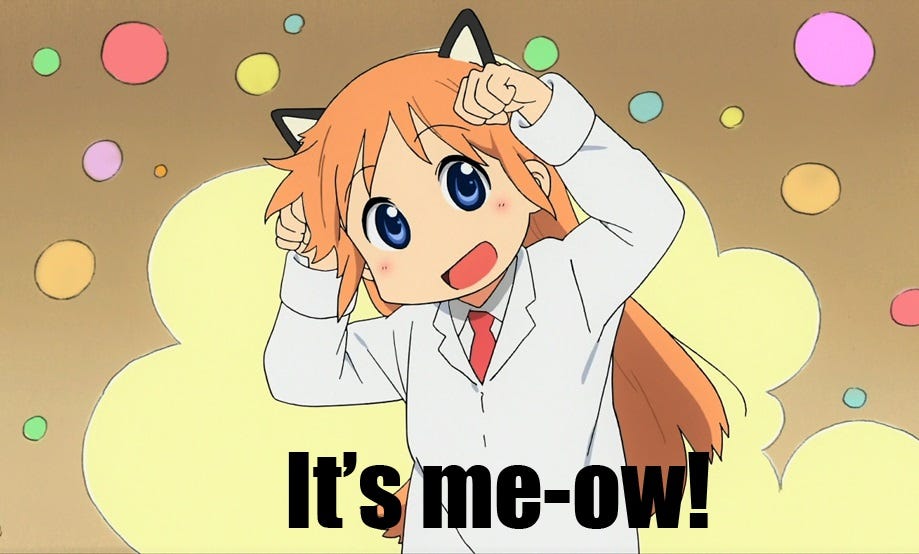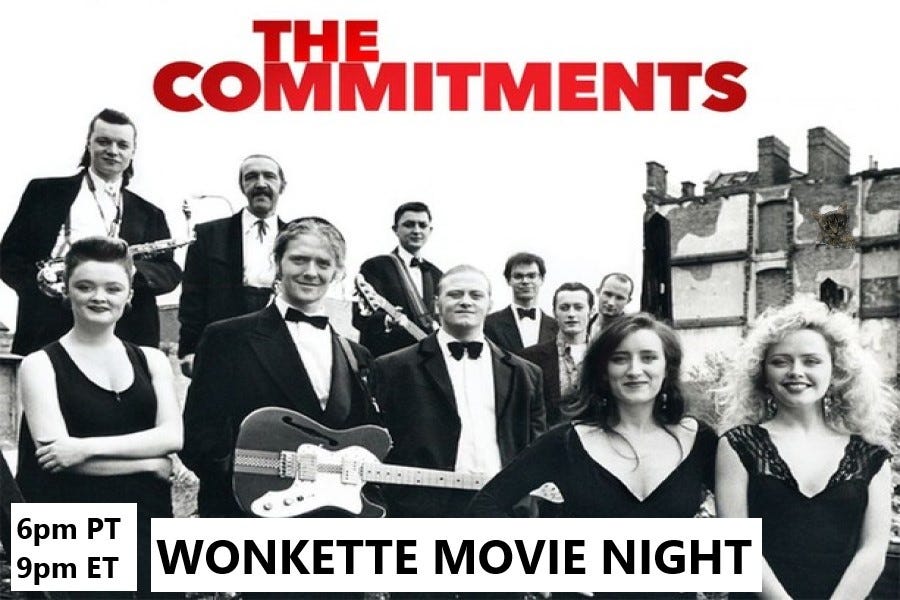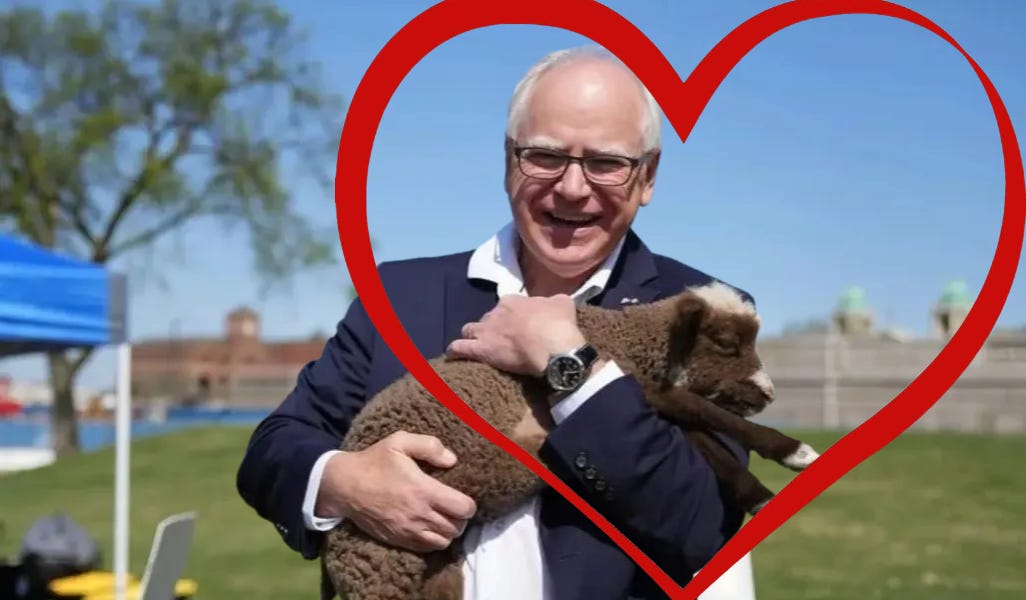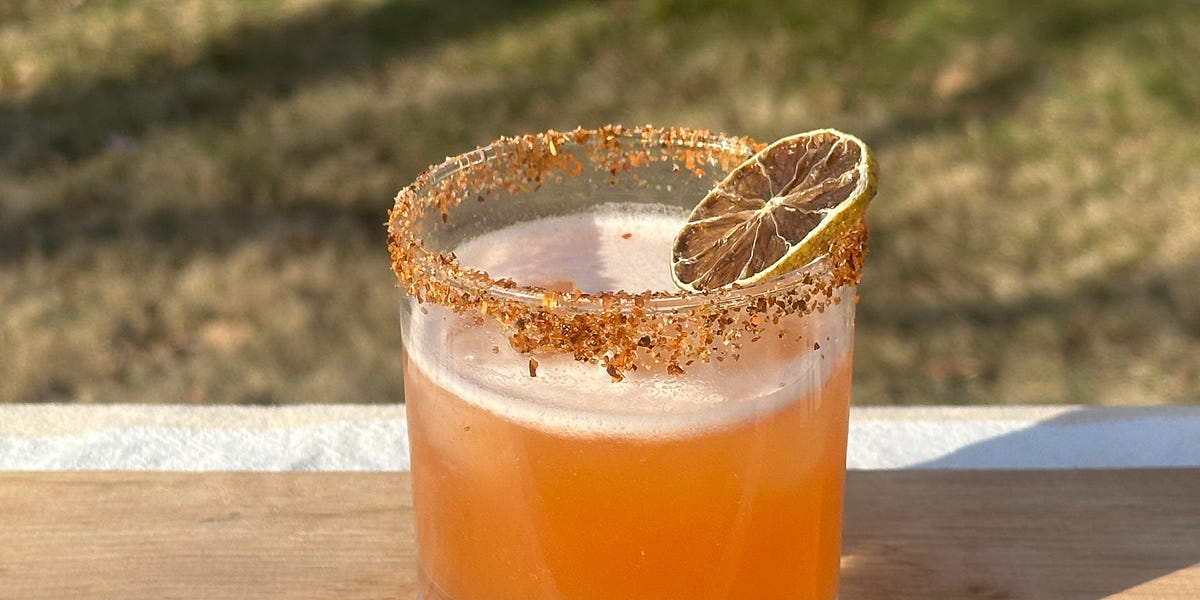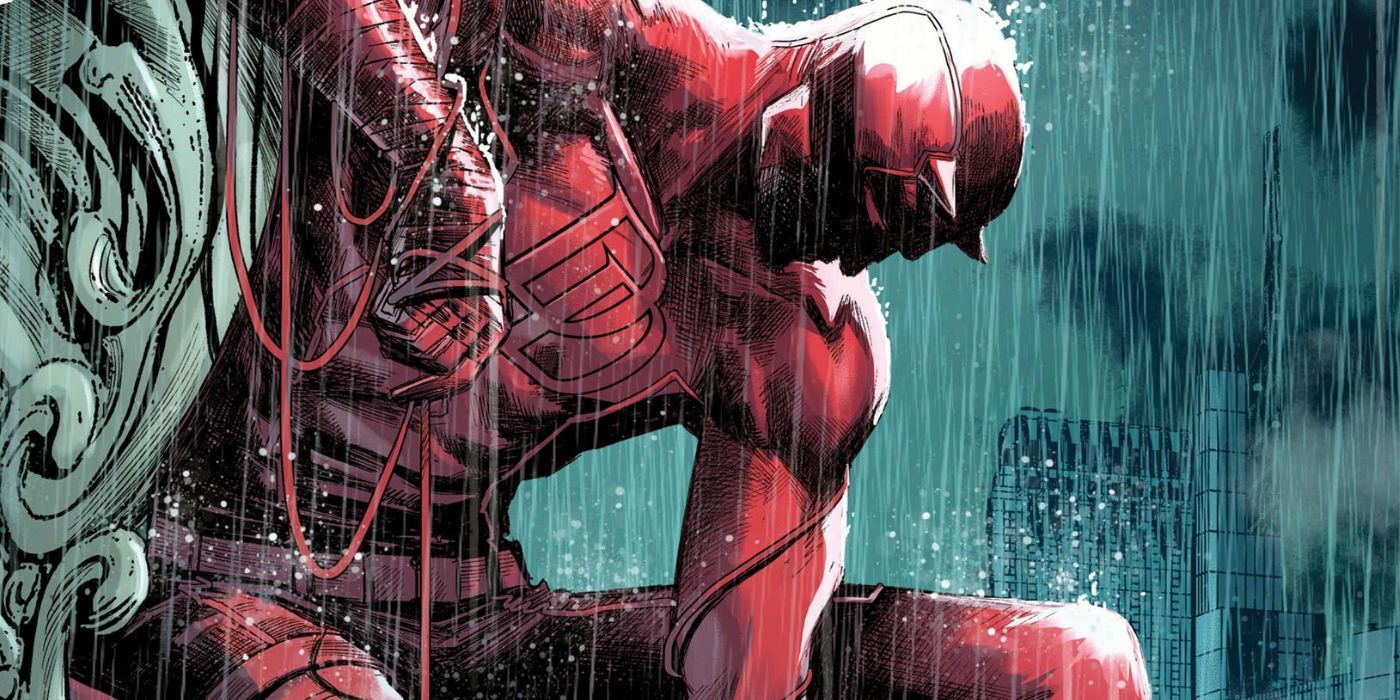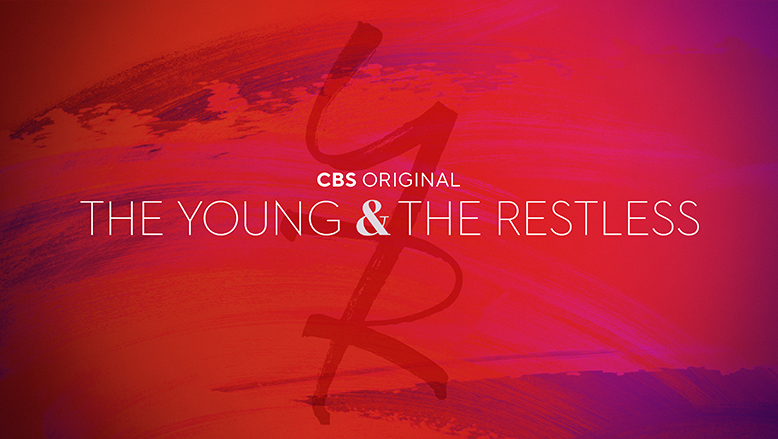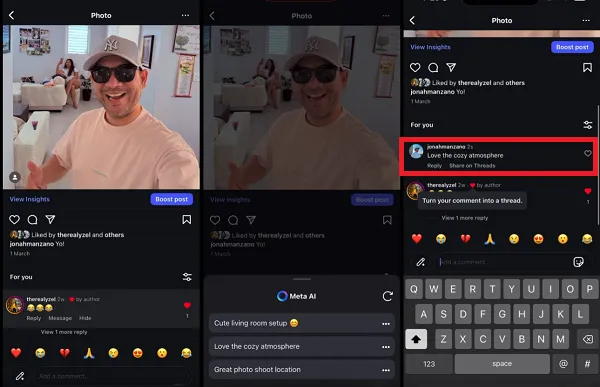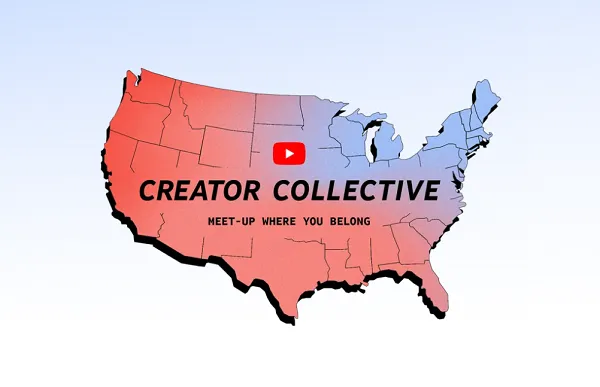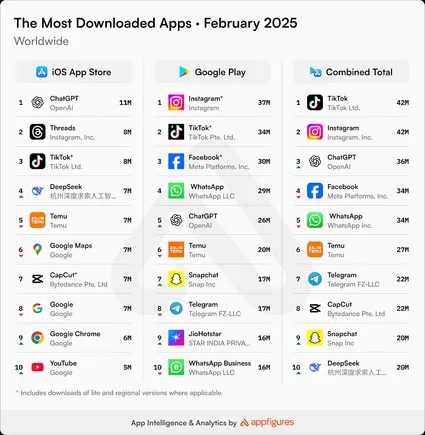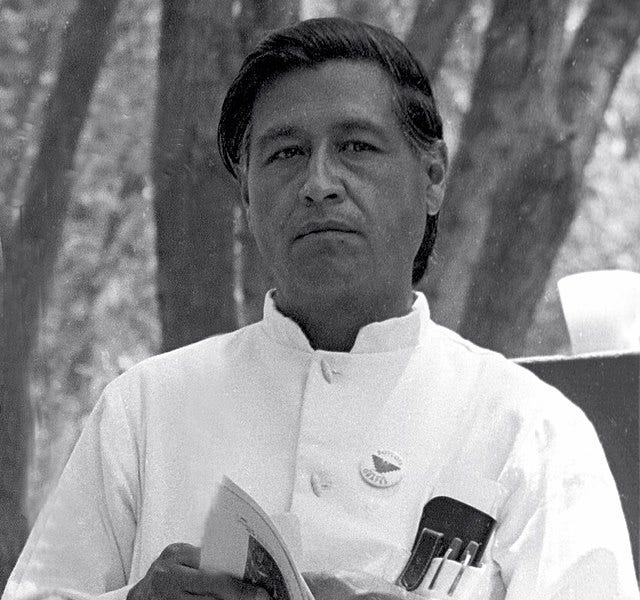On this date in 1970, the United Farm Workers achieved its greatest victory, ending its five-year grape boycott after growers agreed to a contract, the first in the history of California farm labor. This was the culmination of the campaign by Cesar Chavez, Dolores Huerta, and other farmworker leaders that brought the conditions of farmworkers to national attention and riveted the nation over the previous half-decade.
Farm workers lived pretty tough lives. The itinerant nature and physical stress of the work gave employers tremendous power over their labor. They housed workers in shacks and sometimes not at all, forcing them to sleep under bridges. They paid workers almost nothing. The extreme heat of California farming regions caused heat stroke and deaths. The short-handled hoe workers had to use in order to weed the fields caused severe back problems. Workers were routinely sprayed with pesticides. Institutionalized racism made everything worse with local citizens and police more than happy to unite with owners to keep the Mexicans in their place.
Moreover, New Deal labor legistlation did not protect farm workers. The National Labor Relations Act and and Fair Labor Standards Act excluded farm workers after lobbying by growers, especially in the South where politicians would not support the legislation if it did anything for the Black sharecroppers picking cotton. The American Federation of Labor certainly had no interest in organizing non-white labor at this time, but even the Congress of Industrial Organizations only engaged in small farmworker organizing campaigns. However, the Industrial Workers of the World had organized farm workers back in the 1910s. Rural labor has routinely been forgotten about in American history, often even by labor historians.
There was a long history of farm worker organizing in California that slowly changed organized labor’s indifference to these workers. The Filipinos who were recruited to the state’s farms after the US colonized their homeland began organizing in the 1930s and laid the groundwork for Chavez and the United Farm Workers. The Agricultural Workers Organizing Committee (AWOC), led by Larry Itliong, was the major Filipino farm labor organization by the 1960s. During the same period, community organizers Dolores Huerta and Cesar Chavez, along with their Anglo ally Fred Ross, started the National Farm Workers Association (NFWA) to organize the Mexican workers who increasingly dominated the labor force in the fields.
In 1965, the Filipinos in AWOC went on strike against the grape growers near Delano, California, in order to get a raise of 20 cents an hour. The owners refused to negotiate as usual. Itliong reached out to Chavez and the NFWA. Chavez saw the opportunity to fulfill his dream of organizing his workers. The Mexican laborers went out on the strike and the two groups merged in 1966 to create the United Farm Workers.
Chavez’s brilliance was in figuring out how to engage the general public for the nation’s most forgotten laborers. Tapping into the idealism of the ‘60s, he presented himself as a martyr (which he was in some ways) for his members and positioned himself as the Chicano Martin Luther King. Like King, Chavez knew how to grab the media’s attention, often through hunger strikes. That this was also a civil rights movement meant it was the ‘60s white liberal ideal of what a labor movement should look like. That the Teamsters, the bête noire of the labor movement in those years, tried to steal UFW members just made the picture even clearer for American liberals. Ministers, students, journalists, and organizers descended on Delano to help, to learn, to take the struggle back to their communities. Perhaps no one brought more attention to the union than John Gregory Dunne, whose book Delano might be the definitive piece of journalism of the strike. (Wonkette commission link.)
The UFW also showed great vision in shaping white liberalism toward its own goals, empowering consumers to help them through the grape boycott. This was not the first consumer-based movement around labor. That honor might go to the Florence Kelley-led National Consumers League getting consumers to stop buying goods made by child labor in the 1910s. But the UFW boycott was one of the first and certainly the most effective union-directed consumer boycott in history. Moreover, Chavez’s hunger strikes reinforced his image as holding the non-violent moral high ground for the larger liberal community, an important point by the mid-’60s when the rise of Black power had alienated many white civil rights supporters. When Chavez ended his hunger strike under doctor’s orders, 10,000 people, including Robert Kennedy, witnessed it.
Despite the cross-racial alliance of the UFW’s early years, tensions soon developed between the aging Filipinos and the growing numbers of Mexicans. When the UFW became an organization as much about Chicano nationalism as labor unionism, it really alienated the Filipinos. The UFW flag itself, with its Aztec symbols, did work to exclude the Filipinos from meaningful decision-making in the union. I recommend this oral history of Filipino organizer Philip Vera Cruz for more on this. Moreover, as recent scholars have described in the correction to the hagiography that dominated literature on the UFW, Chavez had some deeply disturbing tendencies and began running the union in some cult-like ways.
Nonetheless, the Delano boycott was incredibly successful, gained attention for some of the nation’s most forgotten laborers, and won real gains for the workers around wages, working conditions, and, eventually, eliminating the hated short-handled hoe. The terrible press the grape growers received for five years and the hit to their pocketbooks from the boycott finally forced them to the bargaining table in 1970. Several small growers caved in 1969, which undermined the growers’ overall position. This was hardly the end, of course; in fact, when growers around the region began signing contracts with the Teamsters rather than deal with the UFW, Chavez led the largest farm labor strike in history, beginning less than a month after the end of the Delano strike. Unfortunately, the power of the Teamsters was a constant problem, even after the two unions signed an agreement in 1971 that gave the UFW the right to represent farm laborers. By the mid-’70s, the Teamsters had severely undermined the UFW’s ability to operate effectively.
In the end, the working conditions and social status of farm workers still remain far behind other workers in this country. The UFW is a mess today, representing few workers. Yet its descendant farm worker organizations march on: The Coalition of Immokalee Workers in Florida, the Farm Labor Organizing Committee in Ohio and North Carolina, Pineros y Campesinos Unidos del Noroeste in Oregon.
On a side note, Cesar Chavez died on April 23, 1993, his body weakened from yet another hunger strike. That day, I was at a Seattle Mariners game. This was in the Kingdome. Occasionally, the Mariners would hire a musical act to play after the game on the field. After all, they had to give people some reason to go to the games in those years. That night, Los Lobos played. I stuck around. The band started talking about the death of Chavez and then they realized that everyone in the audience thought they were talking about the boxer Julio Cesar Chavez. I can only imagine how depressing that must have been for the band.
FURTHER READING:
Frank Bardacke, Trampling Out the Vintage: Cesar Chavez and the Two Souls of the United Farm Workers
Matt Garcia, From the Jaws of Victory: The Triumph and Tragedy of Cesar Chavez
Mario Jimenez Sifuentez, Of Forests and Fields: Mexican Labor in the Pacific Northwest
Silvia Giagnoni, Fields of Resistance: The Struggle of Florida’s Farmworkers for Justice
Zaragosa Vargas, Labor Rights are Civil Rights: Mexican American Workers in Twentieth-Century America









